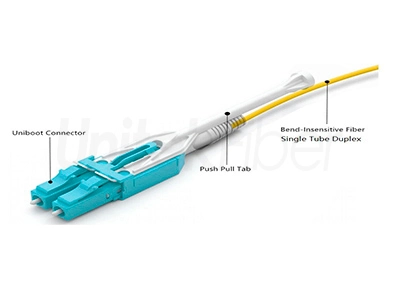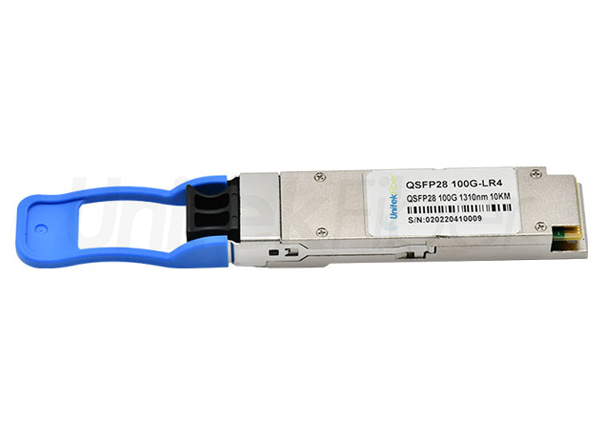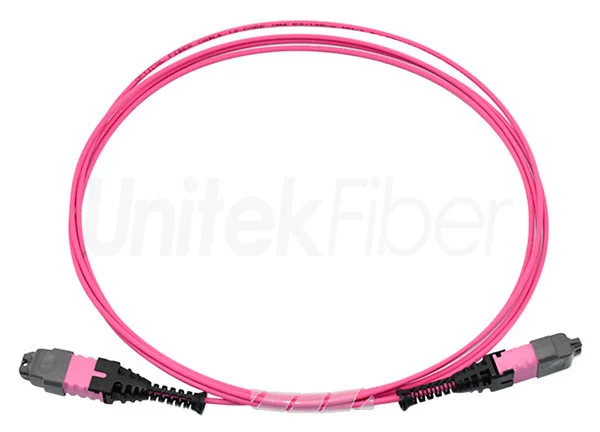
Coarse Wavelength Division Multiplexing (CWDM) optical transceiver module are widely used in modern communication networks for transmitting data over long distances. These optical transceiver module enable the multiplexing of multiple wavelengths onto a single fiber, offering increased bandwidth and high-speed data transmission capabilities. However, to ensure proper functionality, it is important to understand the distance and power budget of CWDM optical transceiver module.
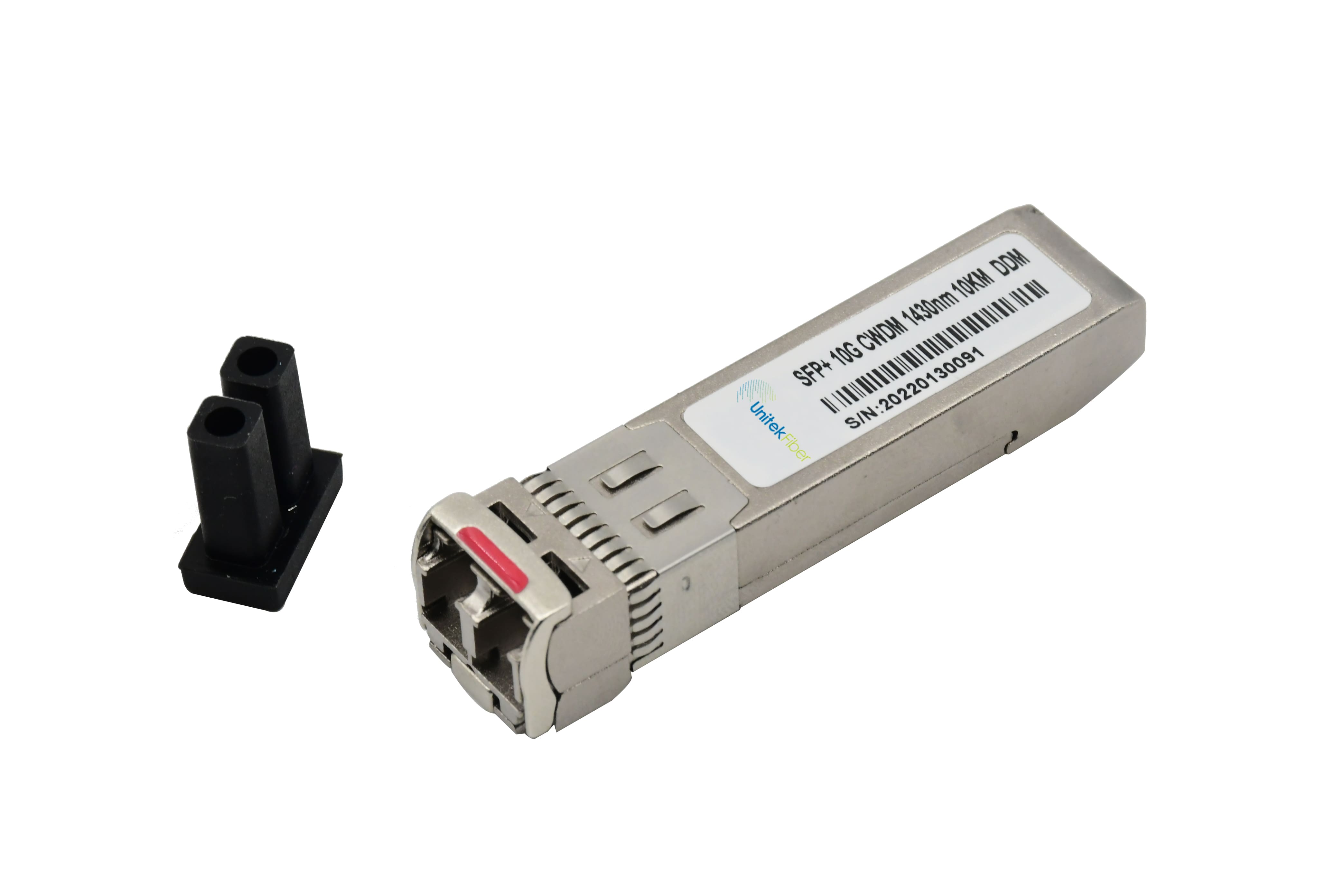
Distance budget of fiber optic CWDM transceiver
The distance budget of a CWDM optical transceiver module refers to the maximum distance over which the device can transmit data while maintaining a strong and clear signal. This distance is typically determined by several factors, including the strength of the initial signal, the quality of the fiber optic cable, and the amount of attenuation that occurs during transmission.
CWDM optical transceiver module are designed to support different distances based on the specific model and wavelength used, with typical distances ranging from 10km to 80km. To achieve these distances, the optical transceiver module must be paired with an appropriate CWDM multiplexer or demultiplexer. The multiplexer combines multiple wavelengths into a single fiber, while the demultiplexer separates them again at the other end.
Power budget of fiber optic CWDM transceiver
The power budget of a CWDM optical transceiver module refers to the maximum power level that can be transmitted through the device while maintaining the signal quality. It is determined by the sensitivity of the receiver optical component, the characteristics of the optical network, and the modulation format used for data transmission.
To determine the power budget of a CWDM optical transceiver module, one must consider both the minimum and maximum power levels required for proper signal transmission. In general, the maximum output power is determined by the optical amplifier used in the transmission system, while the minimum input power level is set by the sensitivity of the receiver.
It is essential to maintain the power budget within both the input and output levels specified by the optical transceiver module manufacturer to ensure reliable and error-free data transmission. Any deviation from these levels can result in signal distortion or complete loss of the data.
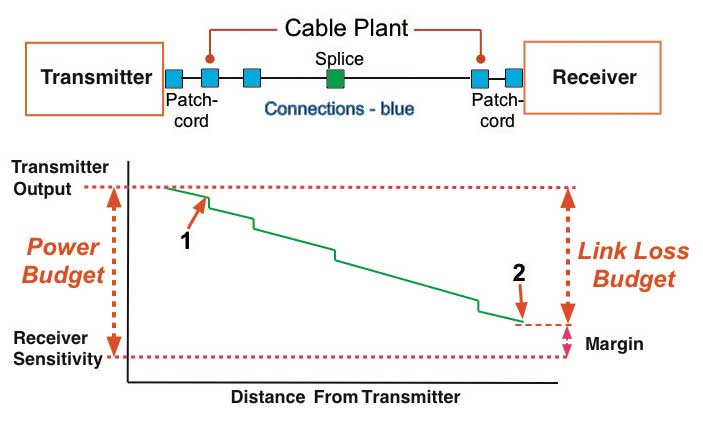
Conclusion
CWDM optical transceiver module are essential components of modern communication networks, offering high-speed data transmission capabilities and increased bandwidth. To ensure proper functionality, it is important to understand both the distance and power budget of the CWDM optical transceiver module. This can help network administrators to select the appropriate optical transceiver module based on their specific needs and to maintain reliable signal quality across long distances. By adhering to the manufacturer's specification for input and output levels, organizations can ensure that their network performs at optimal levels while reducing the need for costly maintenance and repairs.Unitekfiber can provider you with high quality SFP, SFP+ SFP28, QSFP+, QSFP28, XFP optical transceiver module, etc.. in www.unitekfiber.com.

